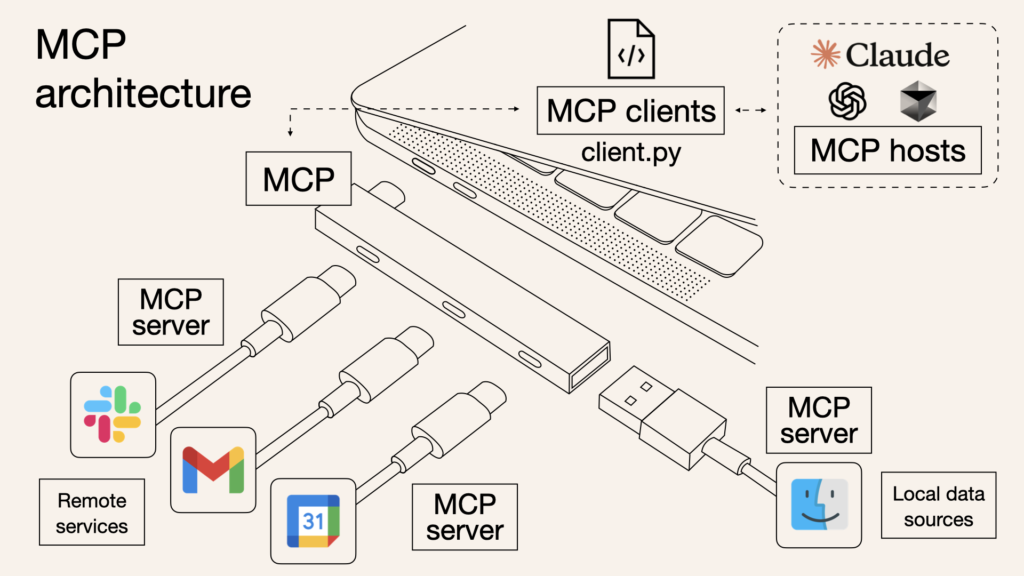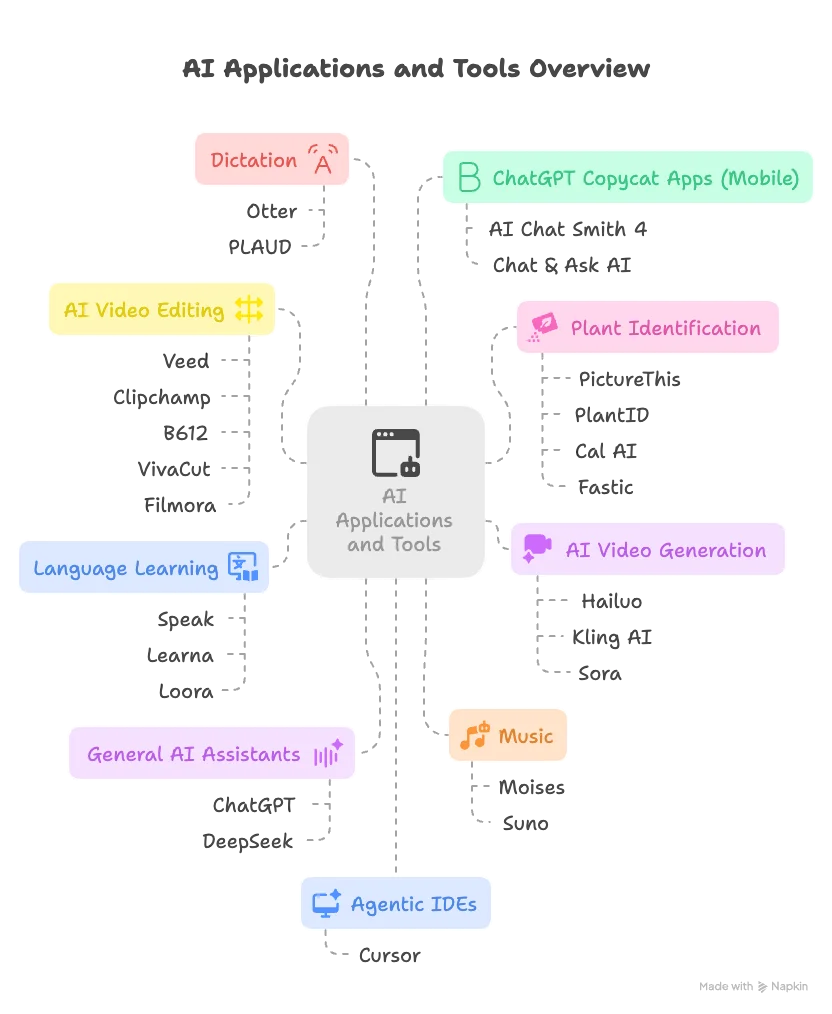What the Viewport Meta Tag is:
The viewport meta tag is a crucial element used in web development to control how a webpage is displayed on different devices, especially mobile and tablet screens. It tells the browser how to adjust the page’s dimensions and scaling to provide an optimal user experience.
User Case
The viewport meta tag is primarily for web developers and designers who want to create responsive websites that look good and function well across various screen sizes and resolutions.
Key Features
- Width Control: The tag can set the viewport width to match the device width, ensuring content fits the screen nicely.
- User Scalability: It allows developers to enable or disable user zooming (scaling), giving control over how users can interact with the page.
- Scale Range: Developers can define the minimum and maximum initial zoom levels to better manage how content is viewed.
- Responsive Design Support: By configuring these parameters, websites can deliver a tailored experience whether on desktops, smartphones, or tablets.
User Case
Imagine you are developing a mobile site and want to ensure users can zoom in and out while the page scales properly to their device’s screen width. Using a viewport meta tag like width=1024, user-scalable=yes, minimum-scale=0.3, maximum-scale=2.0 helps you achieve that balance, letting users resize content comfortably without breaking the site layout.
To learn more about how to use viewport settings to improve your website's responsiveness and user experience, visit your preferred web development resource or the official documentation of HTML and CSS standards.

